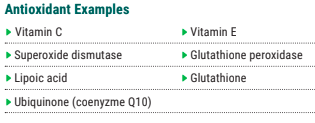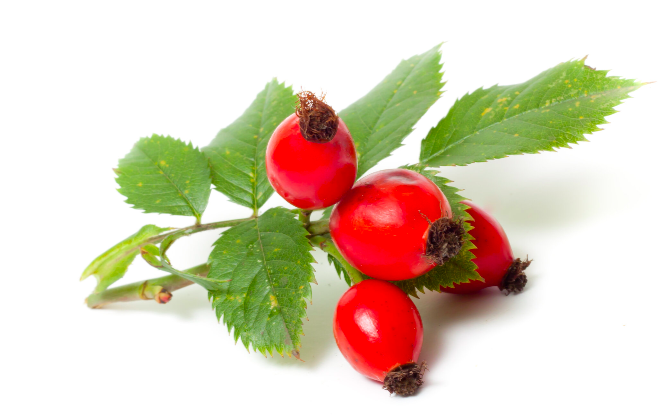Small but mighty - the role of antioxidants for horses in training
/By Catherine Rudenko
Antioxidants are substances that slow down damage to organisms created by the presence of oxygen. The need for antioxidants is always there, in all species, increasing as exercise intensity and duration increase. Is there merit in specifically supplementing antioxidants to enhance performance?
• The nature of antioxidants
There are many forms of antioxidants naturally present within the body and supplied through the diet. One key feature of antioxidants is that they are “team players.” No one antioxidant alone can maintain the system, and some will only function in the presence of another antioxidant. The role of an antioxidant is to keep reactive oxygen species (ROS) or free-radicals created in the presence of oxygen at an optimum level. Oxygen is required for life; it is always present, but as an element, it is highly reactive and so can also have an adverse effect on the body. The reactivity of oxygen in the body produces ROS which cause damage to cellular components such as DNA, proteins and lipids of cell membranes. Some ROS also have useful cellular functions, and so the purpose of antioxidants is not to eliminate ROS altogether but to maintain a healthy balance. In general, antioxidants operate in two ways: either preventing the formation of an ROS or removing it before it can cause damage to a cell component.
• Sources of antioxidants
There are multiple sources of antioxidants including vitamins, enzymes and nutrient derivatives. Other nutrients such as minerals, whilst not having antioxidant properties, are also involved as their presence is required for the functioning of antioxidant enzymes. Two key examples are zinc and selenium.
Oxidative stress
As with many body systems, the ideal healthy balance can often go awry. When the level of ROS present overwhelms the capacity of antioxidants present, the body experiences oxidative stress. There are three main reasons for a horse in training experiencing oxidative stress:
• Increased exposure to oxidants from the environment
• An imbalance or shortage in supply of antioxidants
• Increased production of ROS within the body from
increased oxygen metabolism during exercise Oxidative stress is of concern as it can exaggerate inflammatory response and may be detrimental to the normal healing of affected tissues. Oxidative stress during strenuous exercise, such as galloping or endurance, is typically associated with muscle membrane leakage and microtrauma to the muscle. Oxidative stress is now understood to play a role in previously unexplained poor performance. …
CLICK HERE to return to issue contents or sign up below to read this article in full
BUY THIS ISSUE IN PRINT OR DOWNLOAD
ISSUE 60 (PRINT)
$6.95
ISSUE (DIGITAL)
$3.99
WHY NOT SUBSCRIBE?
DON'T MISS OUT AND SUBSCRIBE TO RECEIVE THE NEXT FOUR ISSUES!
Four issue subscription - ONLY $24.95

























